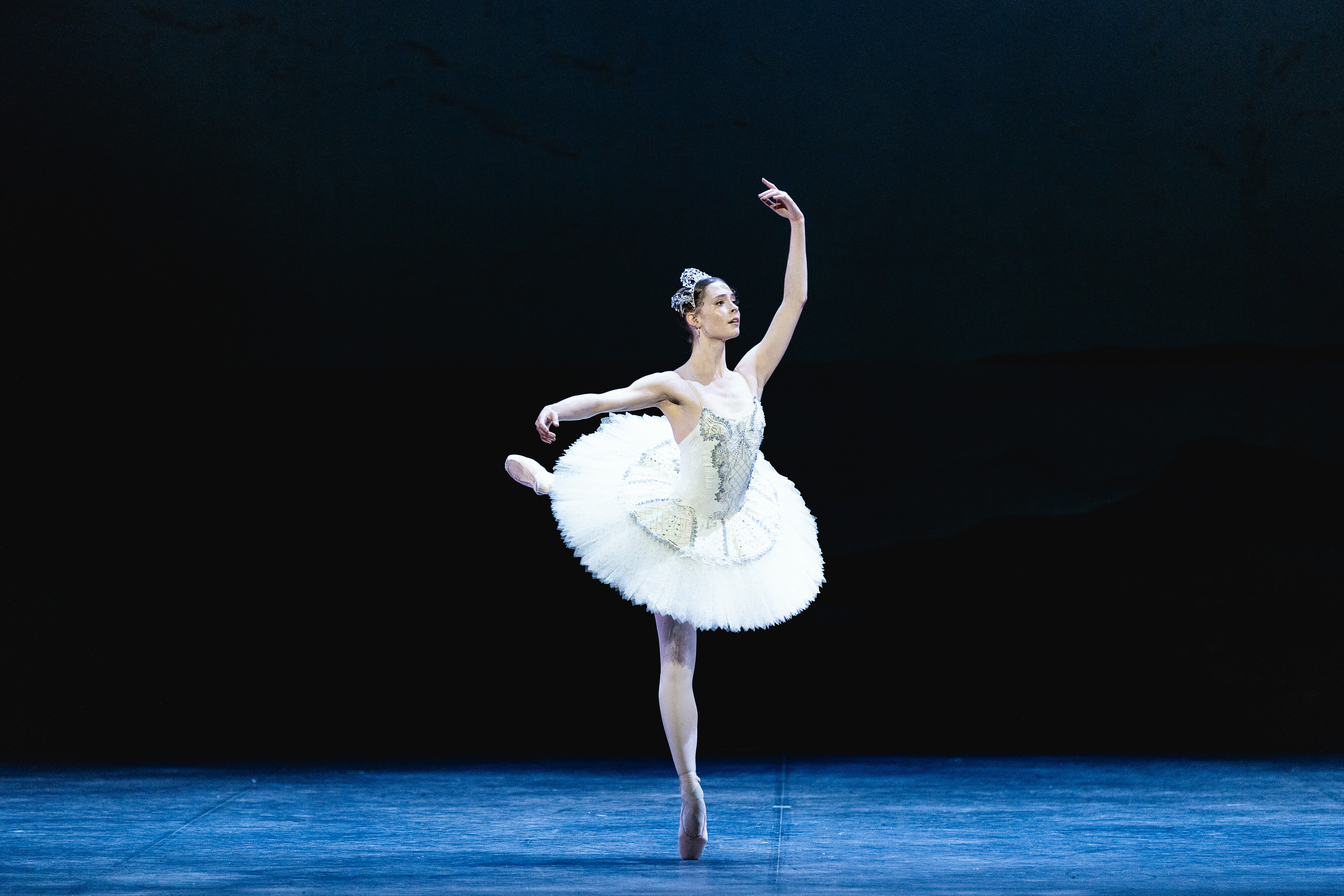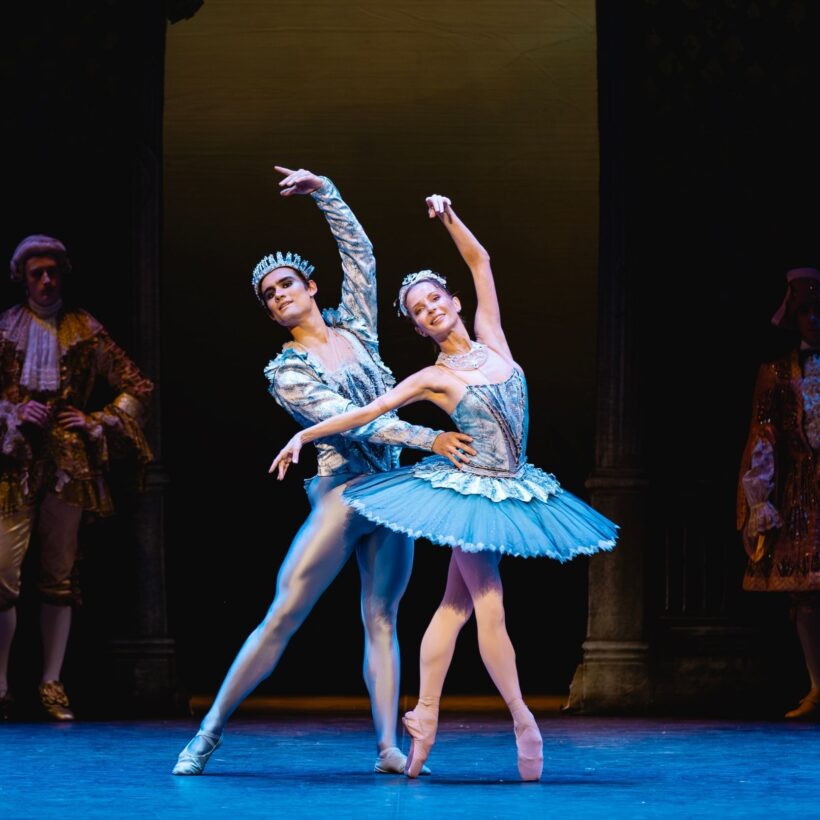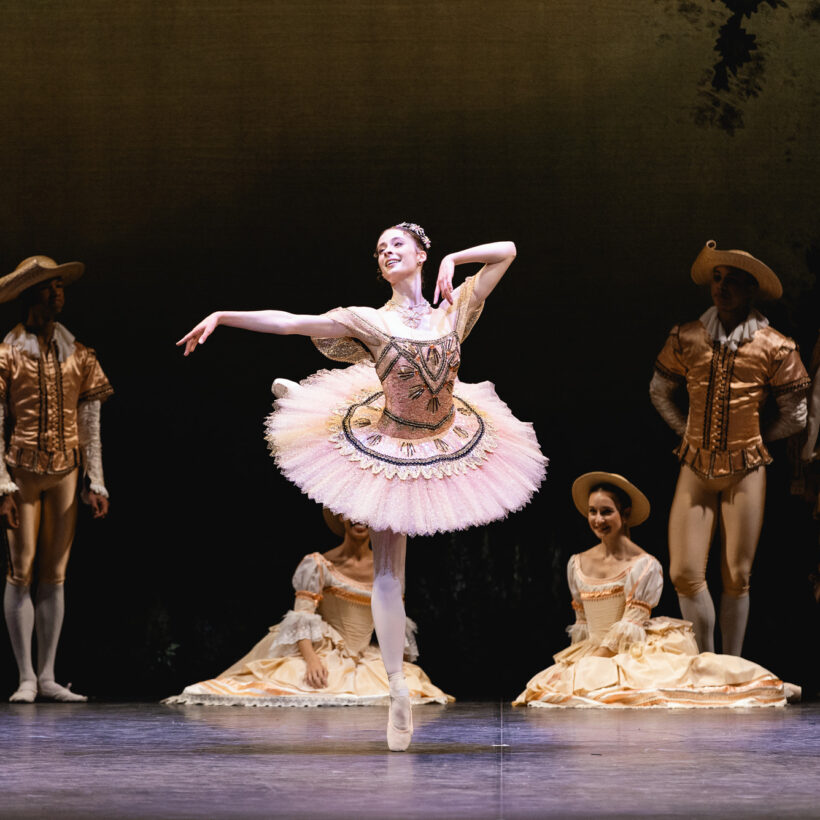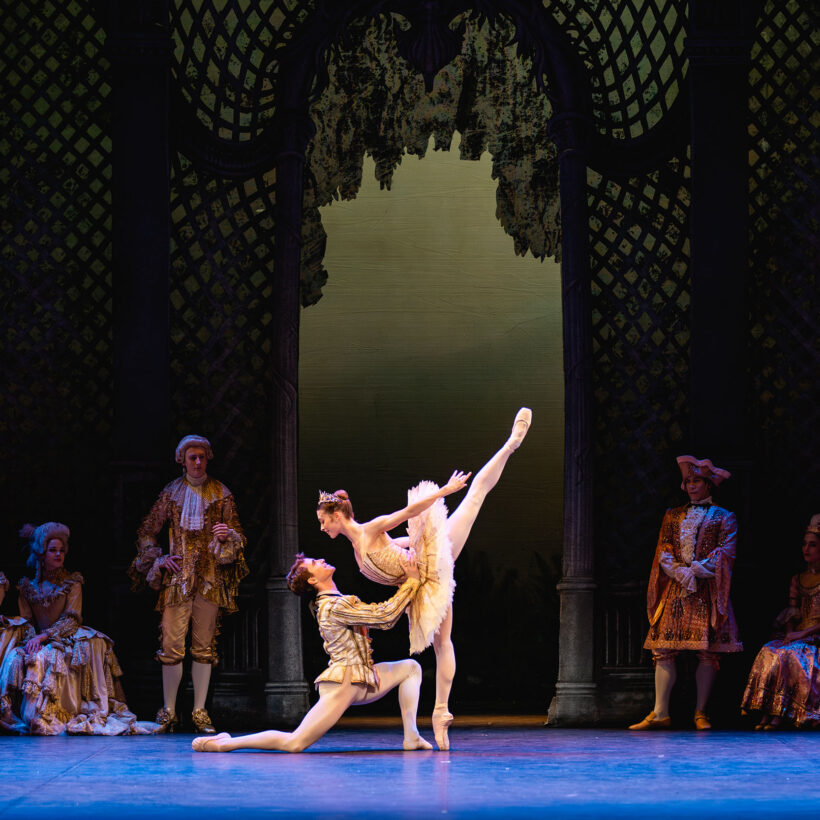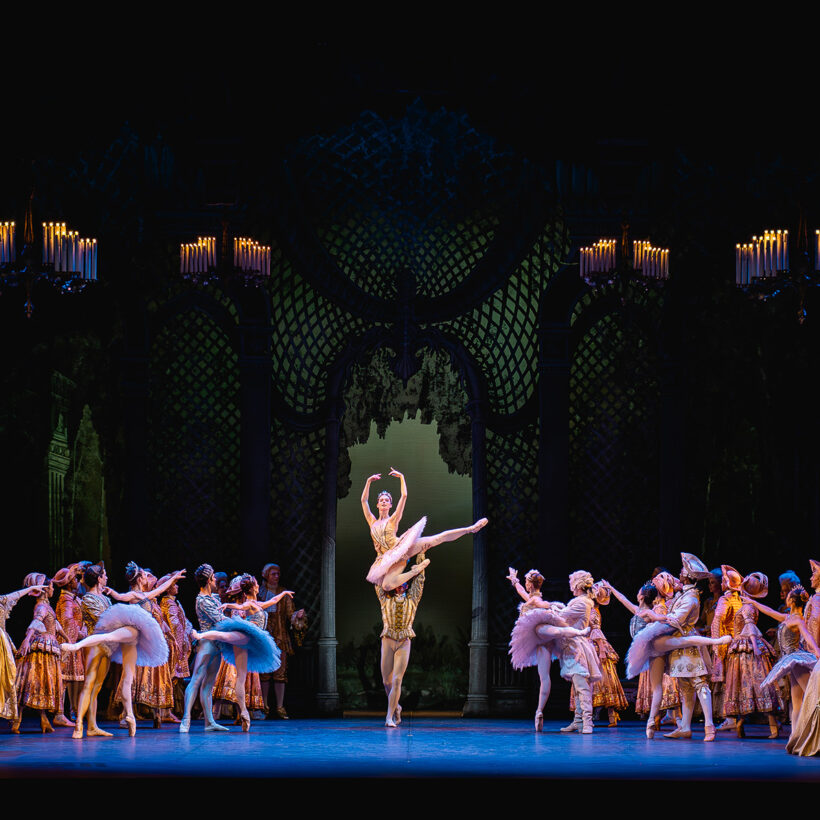5 of the most challenging roles for female ballet dancers
We explore five of the most challenging lead roles for female ballet dancers in the classical repertoire…
1. Odette/Odile in Swan Lake
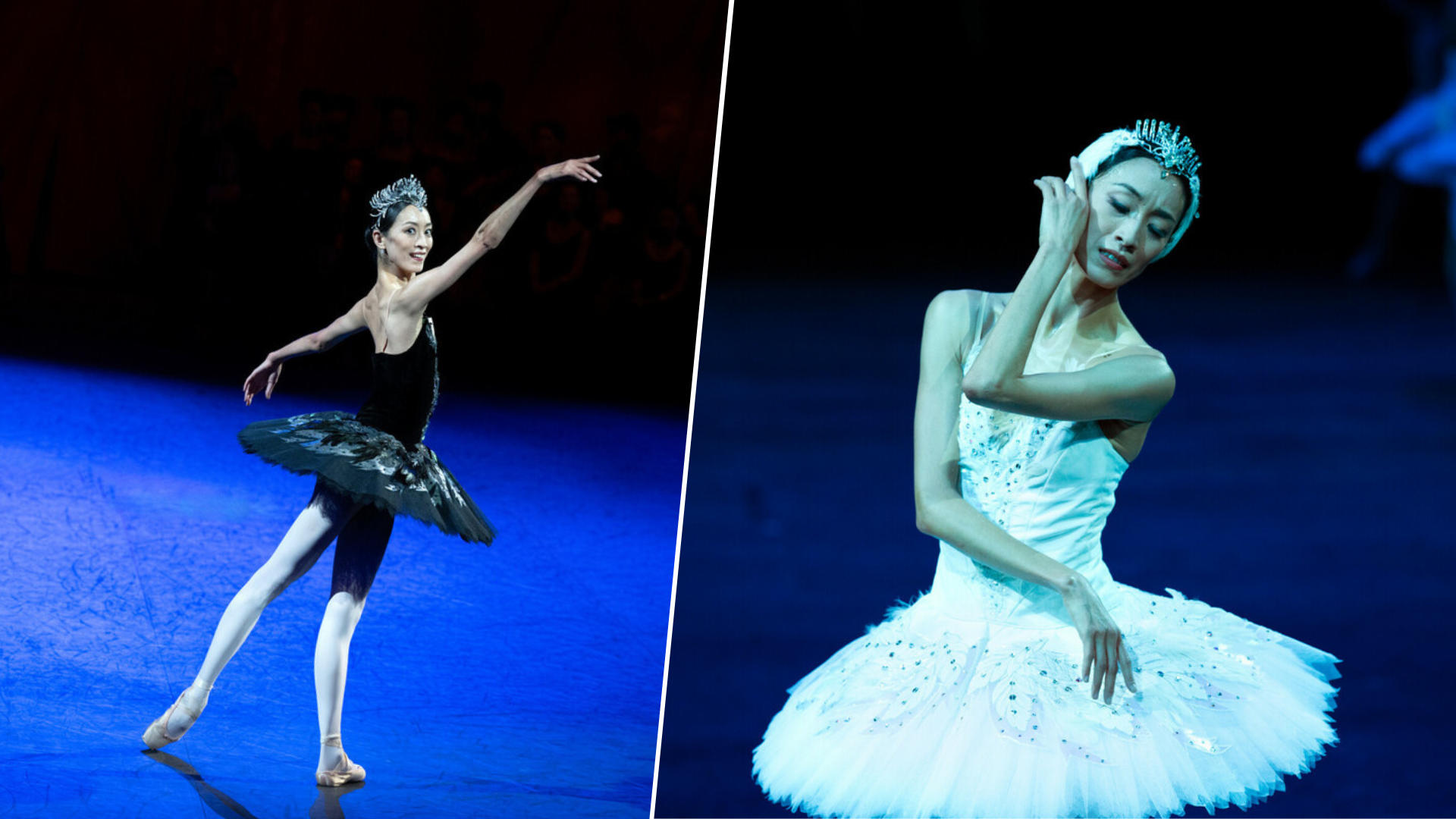
Swan Lake tells the tale of Prince Siegfried who falls in love with Odette, a princess cursed by the evil sorcerer Rothbart to be a swan by day. The spell can only be broken by a vow of true love.
During a ball, Siegfried is tricked into declaring his love for Rothbart’s daughter, Odile, whom he mistakes for Odette. He realises his mistake too late, and the lovers are doomed, often choosing to die together, which breaks the curse in some versions. In other versions, including Derek Dean’s Swan Lake in-the-round (available to watch now on BBC iPlayer) Odette’s forgiveness and Siegfried’s vow of eternal love is enough to break Rothbart’s spell.
But what makes Swan Lake so demanding to dance? One of the biggest challenges is that the lead female dancer famously plays a dual role: she must become both Odette and Odile.
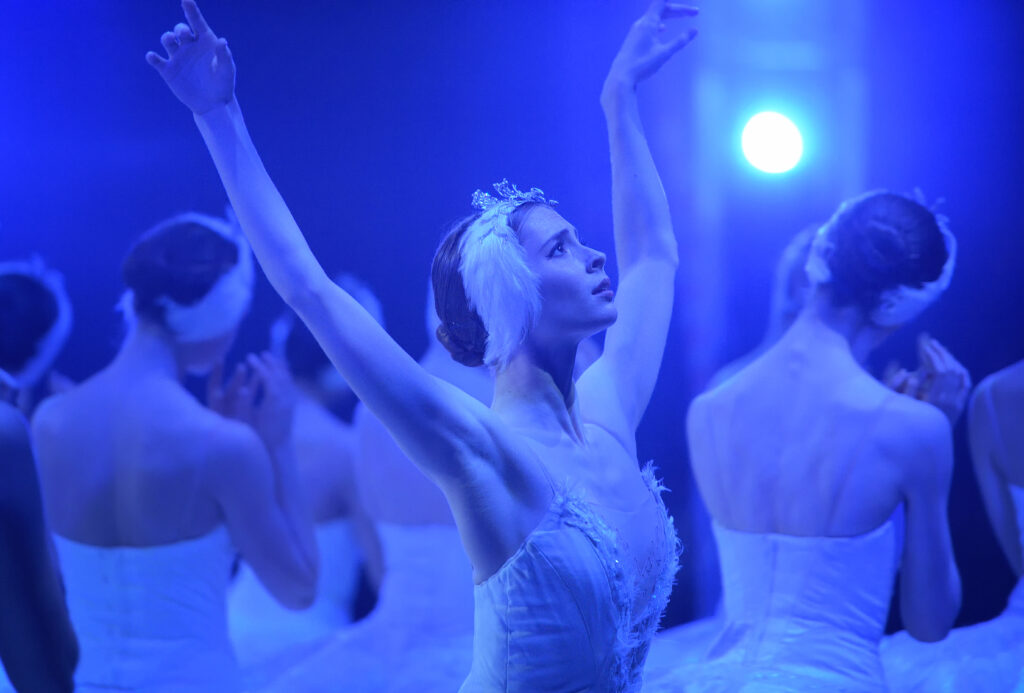
At its core, this dual role is an intense test of stamina – the dancer is on stage for almost the entire ballet! She faces technically demanding challenges throughout, with a mix of explosive moments and carefully controlled slower (adagio) sections.
She must also continuously maintain fluid swan arms, a very specific technique of this ballet: “Arms are your soul in this ballet,” former Lead Principal, Jurgita Dronina, says.
Some of the most technically demanding moments also happen well into the ballet, when the dancer has already been on stage for a long time, including the famous 32 fouettés as Odile, the black swan.
View this post on Instagram
But playing Odette/Odile is more than fouettés and perfect port-de-bras (arm movements). It is a test of a dancer’s emotional range. The opportunity to play such different characters offers an exciting chance to show great depth. The dancer starts with the innocent, graceful Odette, turns into the seductive and manipulative Odile, and then goes back to playing Odette again for the finale!
For Lead Principal Sangeun Lee, it’s a role that she’s worked years on finessing:
“What makes them fascinating for me is portraying completely opposite characters. It can be mentally demanding to shift between Odette and Odile, but that contrast is also one of the most rewarding experiences. It reveals a dancer’s maturity, versatility, and emotional depth.”
“The hardest part of dancing these roles has changed for me over the years. The more I’ve danced it, the more I realise how much Odette requires vulnerability, softness and incredible amount of control but at the same time still allowing the movement to feel free and unforced. It takes a great deal of discipline and trust in your body to find that balance.”
“Once I thought it would get easier the more, I danced it, but it’s the opposite. It’s a role that you want to conquer, even knowing that complete mastery may never come.”
“There is always something new to discover and learn. That constant challenge drives me to continue.”
You can watch English National Ballet perform Derek Deane’s timeless classical ballet on Ballet on Demand here.
2. Aurora in The Sleeping Beauty
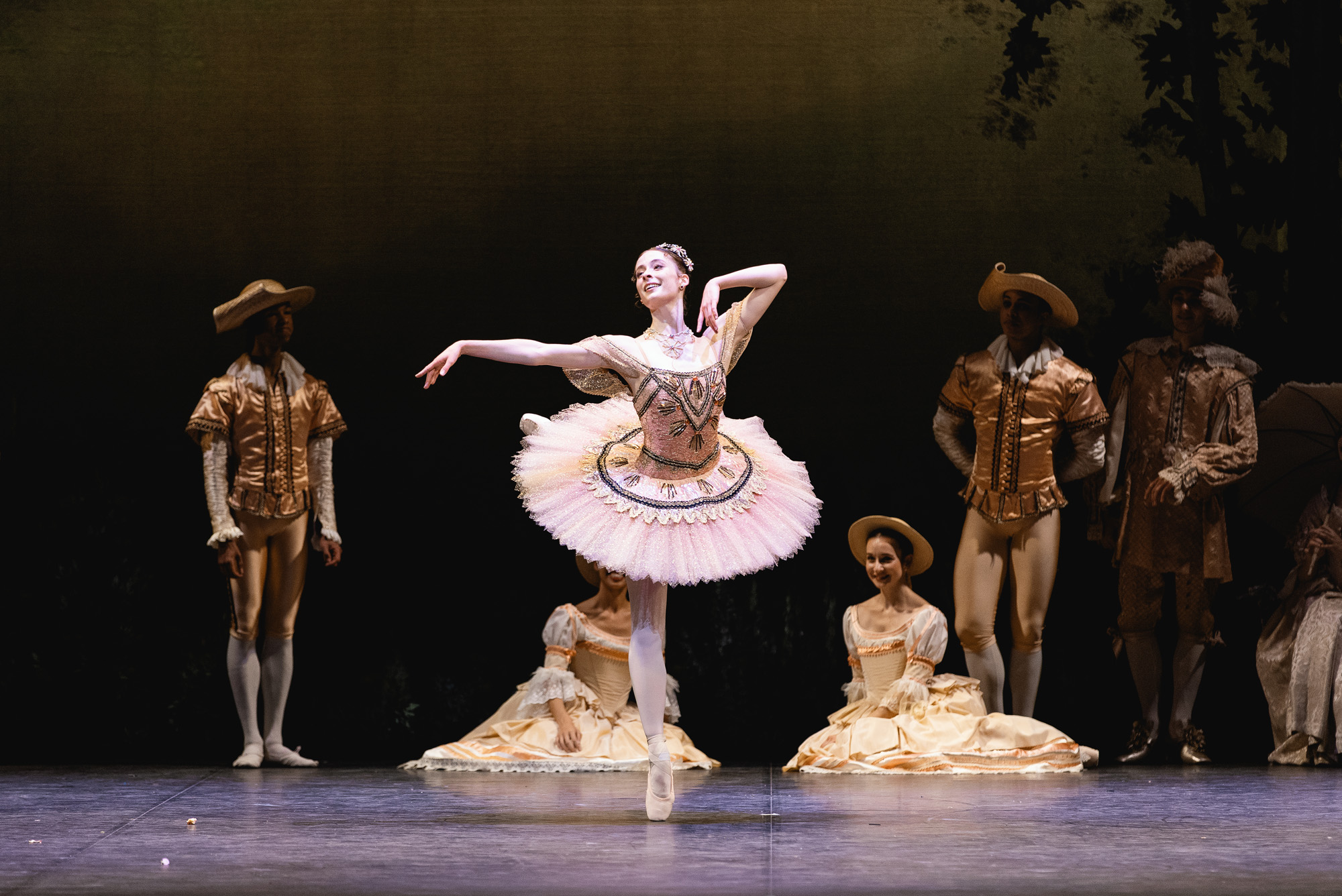
A well-known fairytale story, The Sleeping Beauty is a pure classical ballet: stunning tutus, brilliant villains and a romantic story arc culminating in a huge royal wedding.
As a baby, Princess Aurora is cursed by the wicked Carabosse: on her 16th birthday, she will prick her finger and die. Her godmother the Lilac Fairy alters the spell so Aurora will not die but sleep for 100 years. Only a true love’s kiss can break the spell and awaken her.
Aurora is a role with exceptional technical difficulty. The story of The Sleeping Beauty is fairly simple, but this is an opportunity for the choreography to really shine.
Artistic director Aaron S. Watkin says about Sir Kenneth MacMillan’s version that:
“The challenge is to illustrate classical ballet without any affectations, really emphasising the clarity and precision of the movement. This is especially true of the English style of ballet”
Nowhere is this clearer than in the famous Rose Adagio where Aurora is partnered by four different suitors and just… keeps… balancing!
Watch Lead Principal Emma Hawes rehearsing this iconic moment:
View this post on Instagram
Beyond the technique, Aurora requires real emotional shading to bring the character to life. She starts out as a 16-year-old, full of youthful joy and hope. She then experiences sorrow and longing in the dream sequence and finally matures in the wedding scene, where she dances with vibrancy and energy. The ballet crescendos to the technically demanding Grand pas de deux, complete with intricate footwork and complex lifts, including the iconic fishdive.
Want to enjoy the magic of dancing The Sleeping Beauty yourself? Check out our new class with Cynthia Harvey on BalletActive with a free 14-day trial.
3. Giselle in Giselle
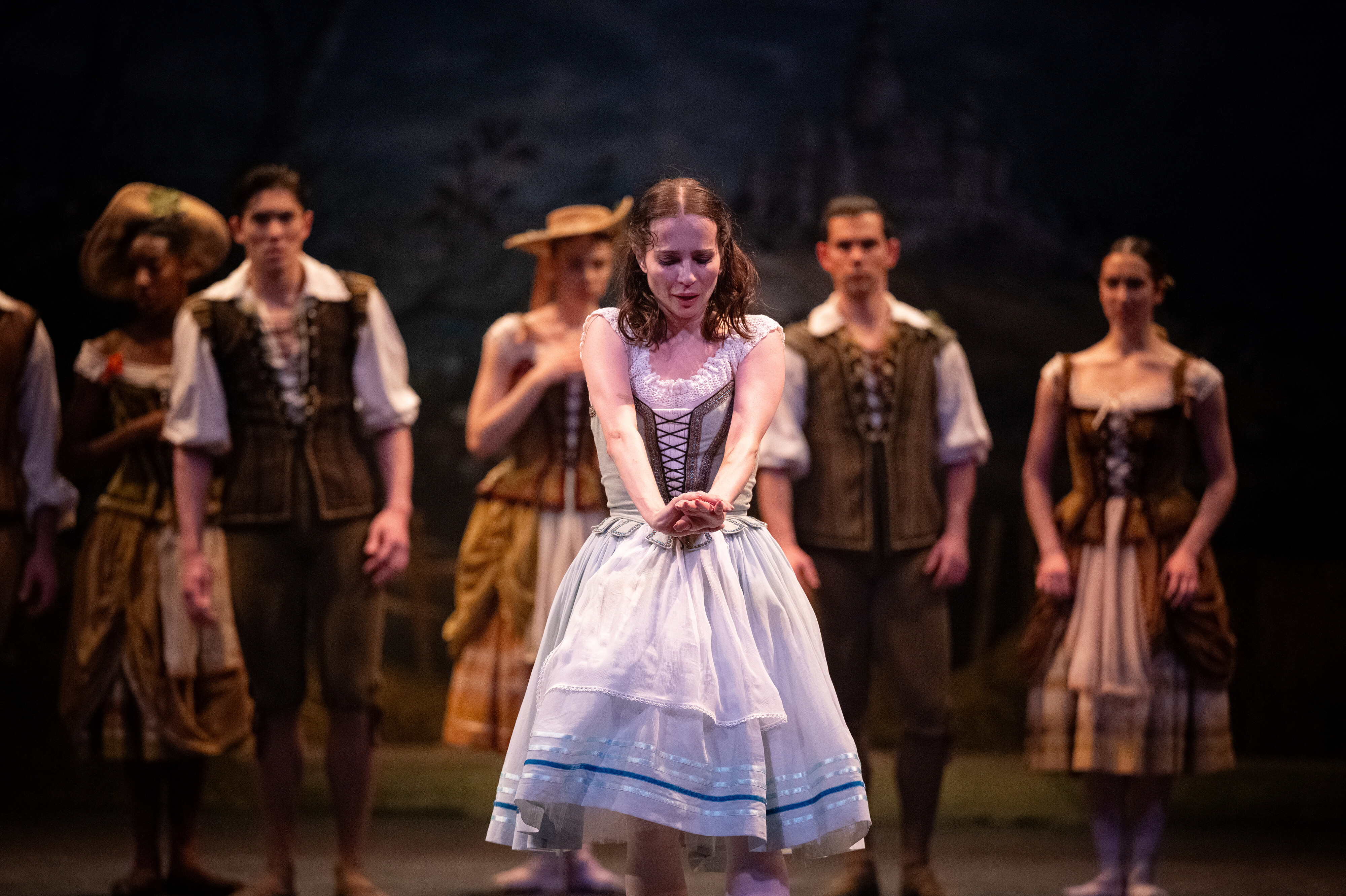
When we talk about the most emotionally demanding roles in ballet, Giselle, Manon and Juliet often battle for top spot – each devastating in their own way.
In this tragic story of love and forgiveness, Giselle, a peasant girl, falls in love Albrecht, a nobleman in disguise. After finding out he is engaged to someone else, Giselle descends into madness and dies of a broken heart.
In the second act, Giselle’s spirit joins the Wilis – ghosts of betrayed women who dance men to death at night. The story culminates with Giselle protecting Albrecht from this fate through forgiveness.
Physically and emotionally, the role demands everything:
“After dancing Giselle, if you gave everything you could have, you just feel empty.”
Katja Khaniukova, First Soloist
The joy of Act I’s celebration wine harvest is upbeat and beautiful, with precise and uplifting steps performed.
But the true challenge comes with the devastating shift from bliss to betrayal, once Albrecht’s true identity is revealed: “her entire world just shattered into a million pieces.”
First Soloist Katja Khaniukova believes the madness scene is the most challenging part of the whole ballet. Katya discusses her approach to the scene in Mary Skeaping’s production here:
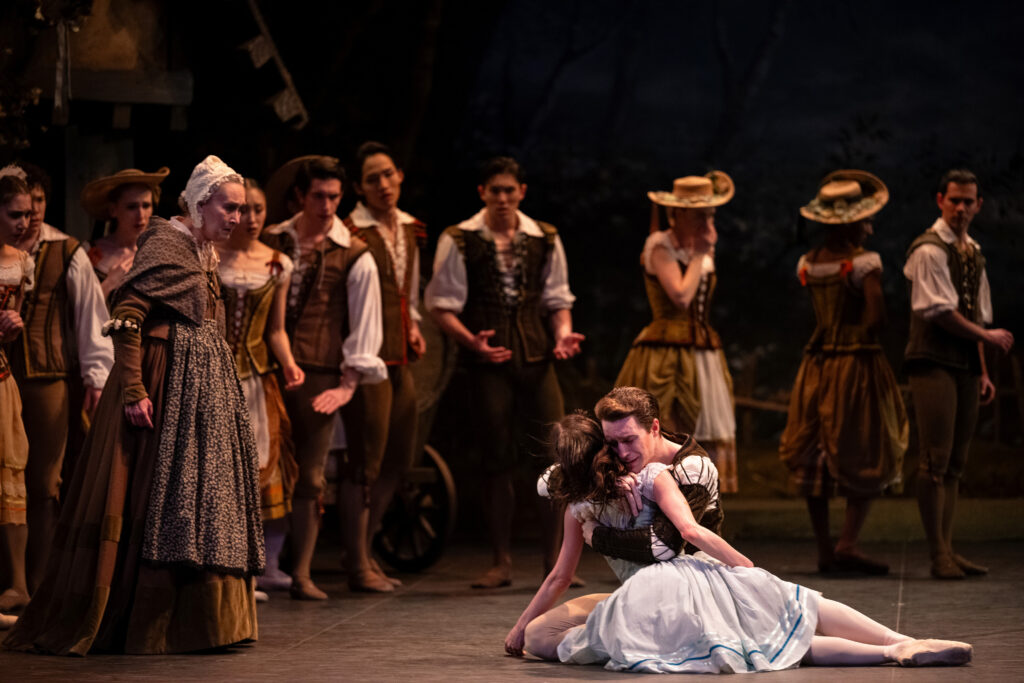
The second act demands the dancer to become otherworldly – softer, lighter and more spirit-like. The dancer must convey her journey into the land of Wilis but also the process of forgiveness in order to save Albrecht.
“The hardest part is to do both the technical and artistic part, and have to have a balance between that.”

4. Manon in Manon

Sir Kenneth MacMillan’s Manon (1974) tells the story of one of ballet’s most tragic heroine.
“It’s not just a role, it’s human emotions” – Alina Cojocaru, former Lead Principal of English National Ballet
Set in 18th century Paris, the young Manon, meets Des Grieux, a student, and after falling in love, they flee to Paris. Her brother, Lescaut, has promised to arrange for Manon to become the mistress of the wealthy Monsieur GM. Despite her love for Des Grieux, Manon is eventually enticed by GM’s wealth.
In a failed attempt to escape their troubled situation, Des Grieux is caught cheating at cards, and they both have to flee again. Manon is arrested and deported to New Orleans, where Des Grieux follows her. Their desperate escape ends tragically as Manon dies in his arms after being broken by hardship.
Read more about the history of Manon here.
MacMillan’s choreography is raw, athletic and emotionally charged. The pas de deux (duets) are famously difficult, requiring immense strength and control.
MacMillan was inspired by ice skating when creating the work, which is seen in constant swirling and gliding movements along the floor, as well as precarious and dramatic lifts.
For the dancer, Manon is relentless. She’s on stage almost the entire time, requiring huge stamina to portray her spiral from hopeful girl to tragic death.
There is also a rich complexity to this character. Whilst she is flawed and manipulative at times – she is also deeply human. A dancer must convince the audience not just to watch her story, but to feel it.
“It can be seen as very simple that it’s a woman who wants power, money and everything in life, but if we look deeper into who she really is it’s where I think the magic really happens and the value, development and worth of a character becomes more dimensional, more interesting” – Alina Cojocaru
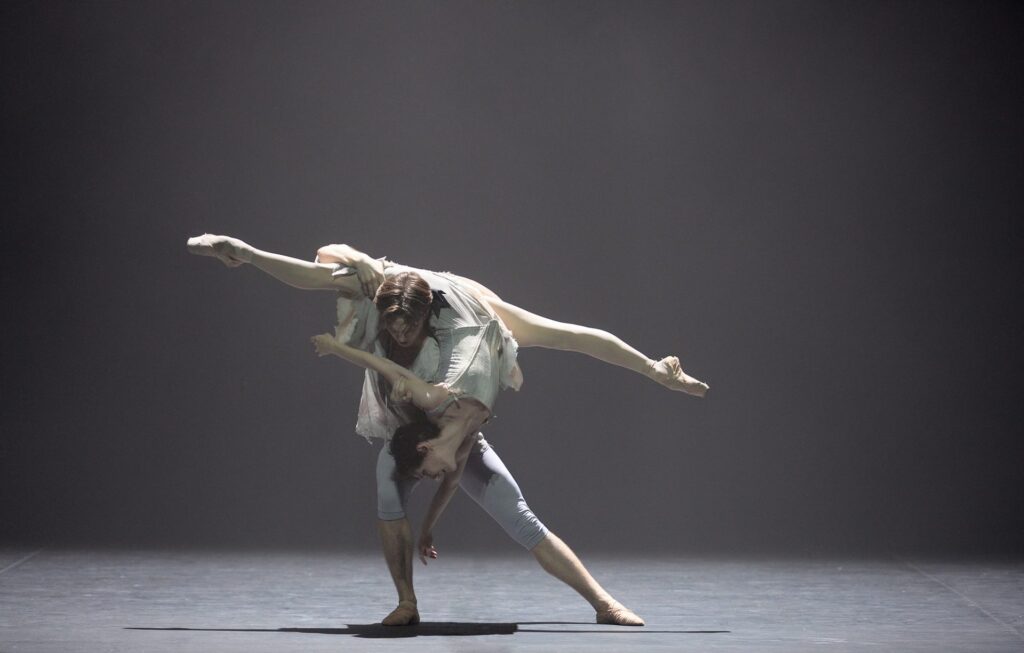
You can experience this breath-taking journey of love, decadence and passion on Ballet on Demand.
5. Juliet in Romeo and Juliet
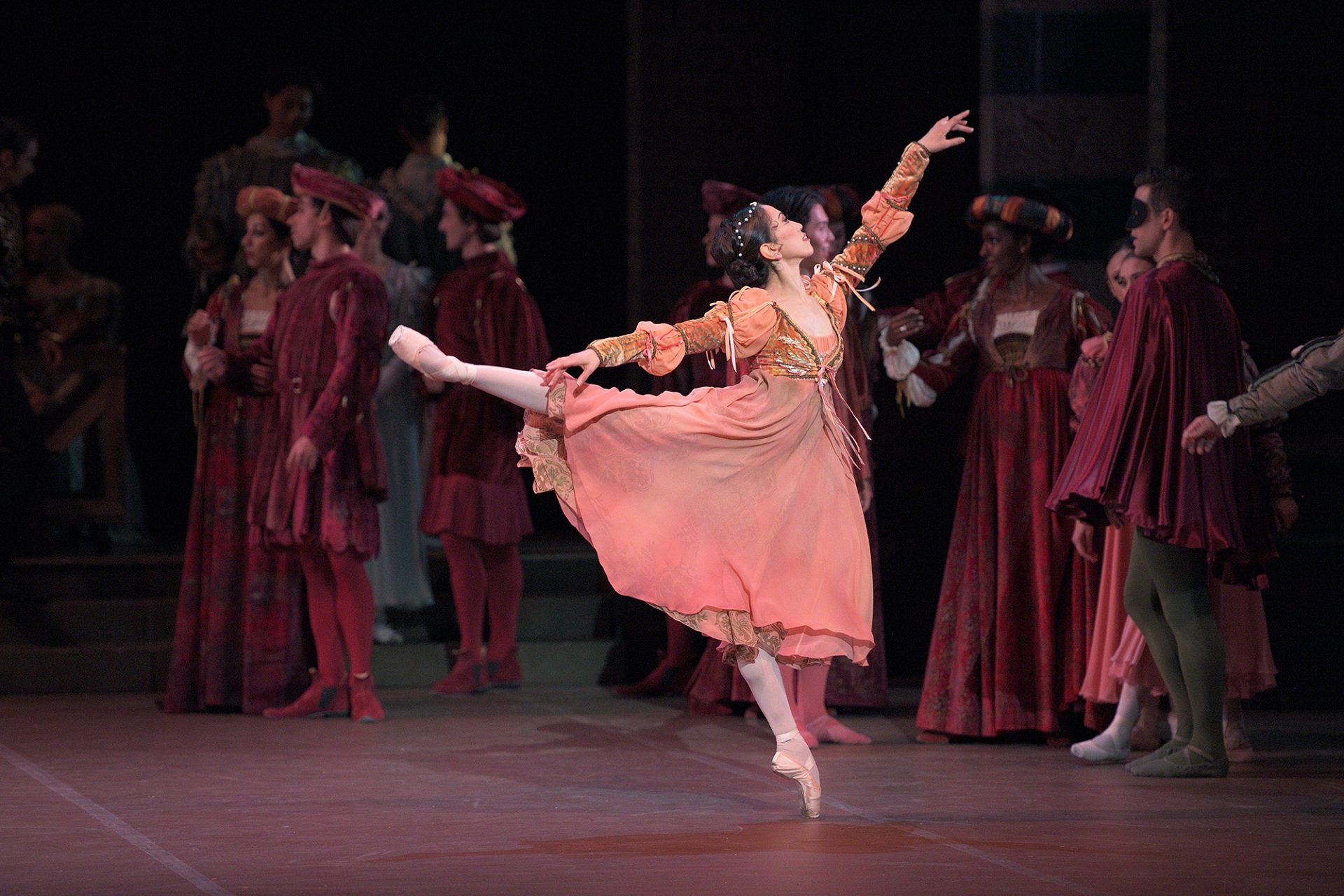
Romeo and Juliet is a tragic love story, based on William Shakespeare’s renowned play. The challenge is clear: tell one of the world’s most famous love stories, written by one of the greatest wordsmiths in history, without using any words. Everything must come through movement.
Playing Juliet is a profound emotional journey. The dancer must take the audience through her transformation from a naïve young girl falling in love, to a passionate lover, and finally to her heartbreaking end – all in the space of just a few hours!
The best Juliets? They dance the role in a way that no matter how much we know the tragic end will come, their performance gives us the hope that this time it could be different.
Technically the role demands a complete command of artistry, balanced with the impressionable and innocent demeanour of the character.
Kenneth MacMillan’s and Rudolf Nureyev’s versions feature extensive and complex pas de deux (duets) that require trust, connection and a seamless partnership with Romeo. Juliet is often the emotional and physical centre of these duets, making them especially challenging, but also incredibly powerful.
While this is by no means an exhaustive list of every demanding female role, each of these characters have left an enduring mark on ballet history. To dance any of them is a both a huge challenge and an extraordinary achievement.
